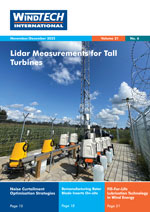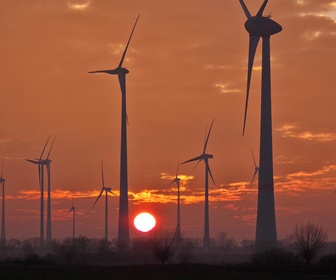In 2024, Germany added 742 MW of offshore wind capacity, with 73 new turbines connecting to the grid. By the end of the year, 66 foundations had been installed, and 81 turbines were erected but not yet operational. This brought the total to 1,639 turbines with a combined capacity of 9.2 GW. Due to delays in grid expansion, Germany's offshore wind target of 30 GW is now expected to be reached in 2031, while the 40 GW target for 2035 will likely be achieved a year earlier.
Key challenges and industry demands:
- Stable Policy Framework: Predictable regulations are needed to ensure investment security and long-term industry growth, aligning with Germany's legal target of at least 70 GW by 2045.
- Tender System Reform: The current system prioritises state revenue, increasing electricity costs and straining the supply chain. A restructured approach should enhance project feasibility, reduce risks, and support competitive electricity prices.
- Energy Infrastructure Security: Offshore wind infrastructure requires stronger protection, including clearer responsibilities, improved emergency response coordination, and enhanced cybersecurity measures.
- Port Expansion: Upgraded and expanded ports with heavy-duty areas are crucial for assembling and maintaining offshore wind turbines. The federal government is urged to take greater responsibility in port development.
- Maritime Industry Opportunities: Offshore wind expansion benefits shipbuilding, logistics, and maintenance sectors, strengthening Germany’s economy. Coordination with North Sea states on project timelines, safety, and infrastructure will be a priority at an upcoming conference.
This report was commissioned by the German Wind Energy Association (BWE), German Offshore Wind Energy Association (BWO), German Offshore Wind Energy Foundation, VDMA Power Systems, and WAB e.V. These organisations represent various stakeholders in Germany’s wind energy sector, advocating for industry growth, policy development, and technological innovation.










